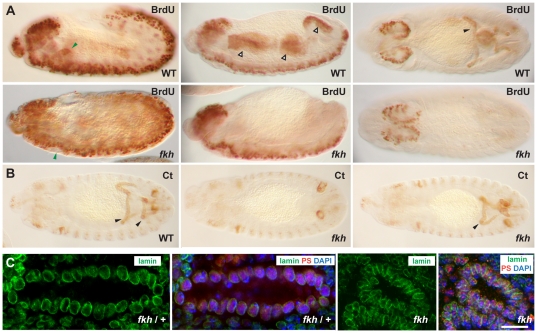Figure 7. Fkh is required for polytenization in the embryos.
(A) The CNS cells of both WT and fkh H99 mutant embryos undergo normal mitotic cycles throughout embryogenesis and encorporate BrdU. BrdU encorporation is also observed in cells that undergo endocycles in WT embryos (The filled green arrowheads indicate SGs; open arrowheads indicate anterior and posterior midgut and the hindgut; the filled black arrowhead indicates Malpighian tubules). BrdU encorporation is not observed in these tissues in fkh H99 mutant embryos. (B) Staining of WT and fkh H99 mutant embryos with the Cut (Ct) antibody, which labels the Malpighian tubules (MTs), reveals that these cells are present in about half of the fkh H99 mutant embryos, although fkh H99 mutants showed variable MT defects. Elongated MTs are visible in WT embryos stained with Ct antibodies (left panel). MT staining is absent in some fkh H99 mutant embryos (middle panel). Other fkh mutants show variable defects in MT elongation (right panel). (C) Staining of fkh H99 heterozygous SGs (two left panels) and fkh H99 homozygous mutant SGs (two right panels) with nuclear αLamin, αPasilla (SG marker) and DAPI reveals that fkh H99 heterozygous SG nuclei are larger than fkh mutant SG nuclei, consistent with a failure of the fkh mutant SGs to undergo normal endocycling. Bar: 10 µm.

